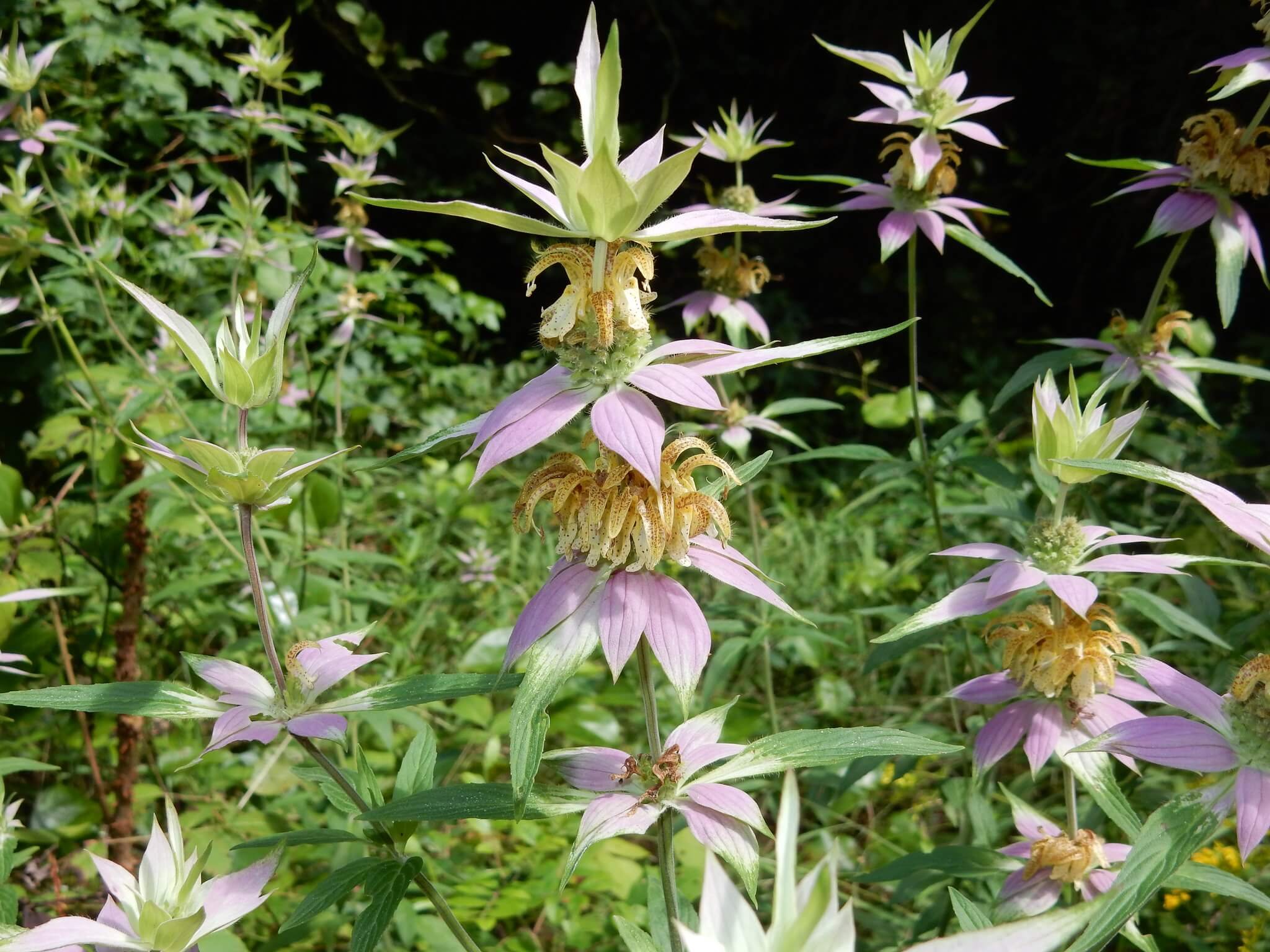Life Cycle: Perennial
Sun Exposure: Full-Partial, but seems to prefer full sun
Soil Moisture: Medium-Medium/dry
Height: 2-5 feet
Plant Spacing: 2-3 feet
Bloom Time: September-November
Bloom Color: Yellow
Advantages: Deer Resistant, Pollinator Favorite, Bird Favorite, Caterpillar Favorite
Host: 135 species of caterpillars and many moths use this as a host plant in our area (nwf.org)
Specialist Bee: Andrena aliciae, A. apacheorum, A. asteris, A. braccata, A. canadensis, A. Chromotricha, A. hirticincta, A. nubecula, A. placata, A. simplex, Perdita octomaculata, P. swenki, Pseudopanurgis aestivalis, P. andrenoides, P. compositarum, P. labrosiformis, P. solidaginis, Melissodes agilis, M. boltoniae, M. coloradensis, M. coreopsis, M. dentiventris, M. druriellus, M. fumosus, M. illatus, M. menuachus, M. microstictus, M. niveus, M. trinodis, M. wheeleri, Colletes americanus, C. compactus, C. rufocinctus, C. simulans, C. solidaginis, C. speculiferus, Dieunomia heteropoda, Dianthidium simile, Dufourea marginata, Megachile inimical, M. parallela, M. xylocopoides, and Ashmeadiella bucconis (Holm, 2017) (Johnson and Colla, 2023)
Complementary Plants: Asters, Joe-Pye weeds, Blazing stars, Purple coneflowers, grasses
Resource: Holm, Heather. Bees: An Identification and Native Plant Forage Guide. Pollination Press LLC, 2017
Resource: Johnson, Lorraine, and Sheila Colla. A Northern Gardener’s Guide to Native Plants and Pollinators: Creating Habitat in the Northeast, Great Lakes, and Upper Midwest. Island Press, 2023







